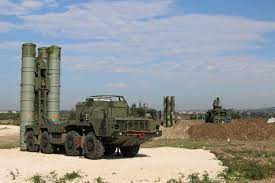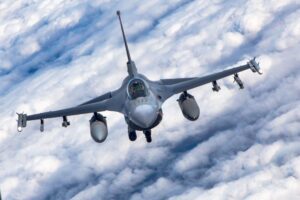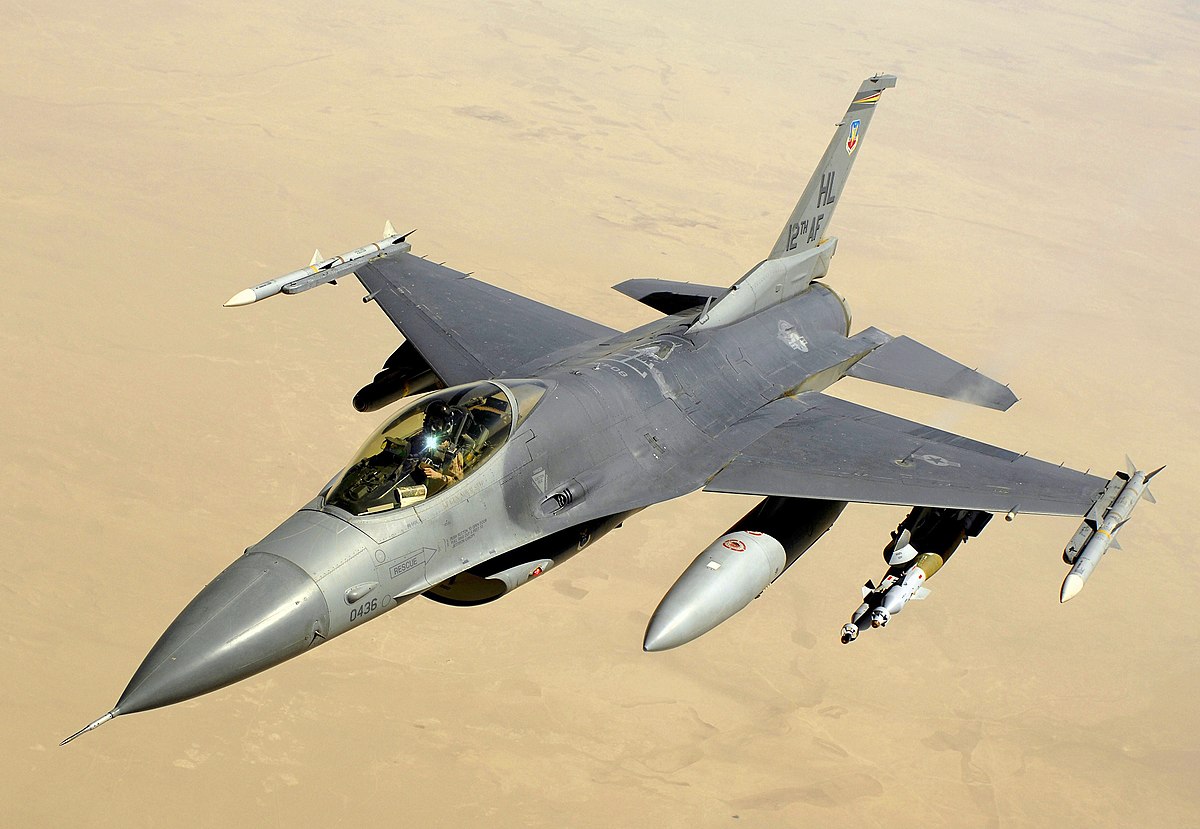Can the F-16 Fighter Jets Overcome Russia’s Advanced Air Defense Systems in Ukraine?
The United States has announced that it will provide Ukraine with F-16 fighter jets, a move that has been met with mixed reactions. Some experts believe that the jets will be a significant boost to Ukraine’s air force, while others argue that they will be ineffective in small quantities against the highly superior Russian air defense systems.
The F-16 is a fourth-generation fighter jet that is considered to be one of the most advanced in the world. It is equipped with a variety of weapons and sensors, making it capable of carrying out a wide range of missions. However, the F-16 is also a relatively expensive aircraft, and it requires a significant amount of training to operate.
Ukraine has a few pilots who are trained to fly F-16s, but they would need additional training to be able to operate the jets effectively in combat. The United States has said that it will provide Ukraine with training on the F-16s, but it is unclear how long this training will take.
“The Russian air defense system is a major concern.”
The Russian air defense system is also a major concern. Russia has numerous surface-to-air missiles (SAMs) and air-to-air missiles (AAMs) that are capable of shooting down F-16s. In addition, Russia has a sophisticated electronic warfare (EW) system that can jam the F-16s’ radar and other sensors.
For these reasons, it is unlikely that a small number of F-16s will be enough to turn the tide of the war in Ukraine. The jets could be used to carry out targeted strikes against high-value targets, but they are unlikely to be able to operate effectively in contested airspace.
The United States may also be concerned about the risk of escalation if it provides Ukraine with F-16s. Russia has warned that it would view the provision of F-16s as a direct military provocation. If Russia were to shoot down an F-16, it could lead to a wider conflict between Russia and the West.
Overall, the decision to provide Ukraine with F-16s is a risky one. The jets could be a valuable asset to Ukraine, but they are also a potential source of escalation. The United States will need to carefully consider the risks and benefits of this decision before it provides Ukraine with the jets.
In addition to the risks of escalation, there are also logistical challenges associated with providing Ukraine with F-16s. The jets would need to be transported to Ukraine, and Ukrainian pilots would need to be trained to operate them. This would take time and resources, and it is not clear if Ukraine has the capacity to do this.
Overall, the decision to provide Ukraine with F-16s is a complex one. There are both risks and benefits to this decision, and the United States will need to carefully consider all of these factors before it makes a final decision.
Russia’s Advanced Air Defense Systems:

Russia’s air defense systems are highly advanced, posing a significant challenge to any adversary seeking aerial dominance. The Russian military possesses a robust integrated air defense network comprising surface-to-air missile systems, radar systems, and electronic warfare capabilities. Some notable air defense systems in Russia’s arsenal include the S-400 Triumf, S-300 Favorit, and the Pantsir-S1.
- S-400 Triumf:
The S-400 Triumf is Russia’s most sophisticated and renowned air defense system. It can engage multiple targets simultaneously, including aircraft, drones, and ballistic missiles. The system’s long-range surface-to-air missiles (SAMs) have a reach of up to 400 kilometers, making it a formidable obstacle for any incoming aircraft.
- S-300 Favorit:
The S-300 Favorit is an older but still capable air defense system deployed extensively by Russia. It possesses a range of up to 200 kilometers and can engage various airborne threats, including fighter jets and cruise missiles.
- Pantsir-S1:
The Pantsir-S1 is a mobile short-range air defense system designed to protect vital military assets. It combines both missile and gun-based interceptors, making it highly effective against aerial targets at close to medium ranges.
“Limitations of F-16 Fighter Jets”
- Limited Stealth Capabilities:
While the F-16 incorporates some stealth features, such as reduced radar cross-section, it is not designed as a stealth aircraft. The F-16’s vulnerability to detection by advanced Russian radars, coupled with the long-range capabilities of the S-400 and S-300 systems, can significantly limit its effectiveness.

-
-
- Inferior Range and Payload:
-
Compared to the Russian air defense systems, the F-16 has limited range and payload capabilities. This becomes a critical factor when engaging targets in the vast Ukrainian airspace, requiring frequent refueling and limiting the number of munitions that can be carried.
- Electronic Warfare Challenges:
Russia’s air defense systems are integrated with advanced electronic warfare capabilities, capable of disrupting and deceiving enemy sensors and communication systems. This presents a significant challenge for F-16s, as their effectiveness could be severely compromised in the presence of sophisticated Russian electronic warfare measures.
- Numerical Superiority:
Russia possesses a larger fleet of advanced fighter aircraft, including the Su-27 and Su-35, which outnumber Ukraine’s current fighter jet inventory. Even with the addition of F-16s, the numerical advantage held by the Russian Air Force could pose a significant threat to Ukrainian air superiority.
